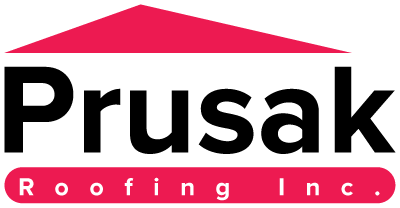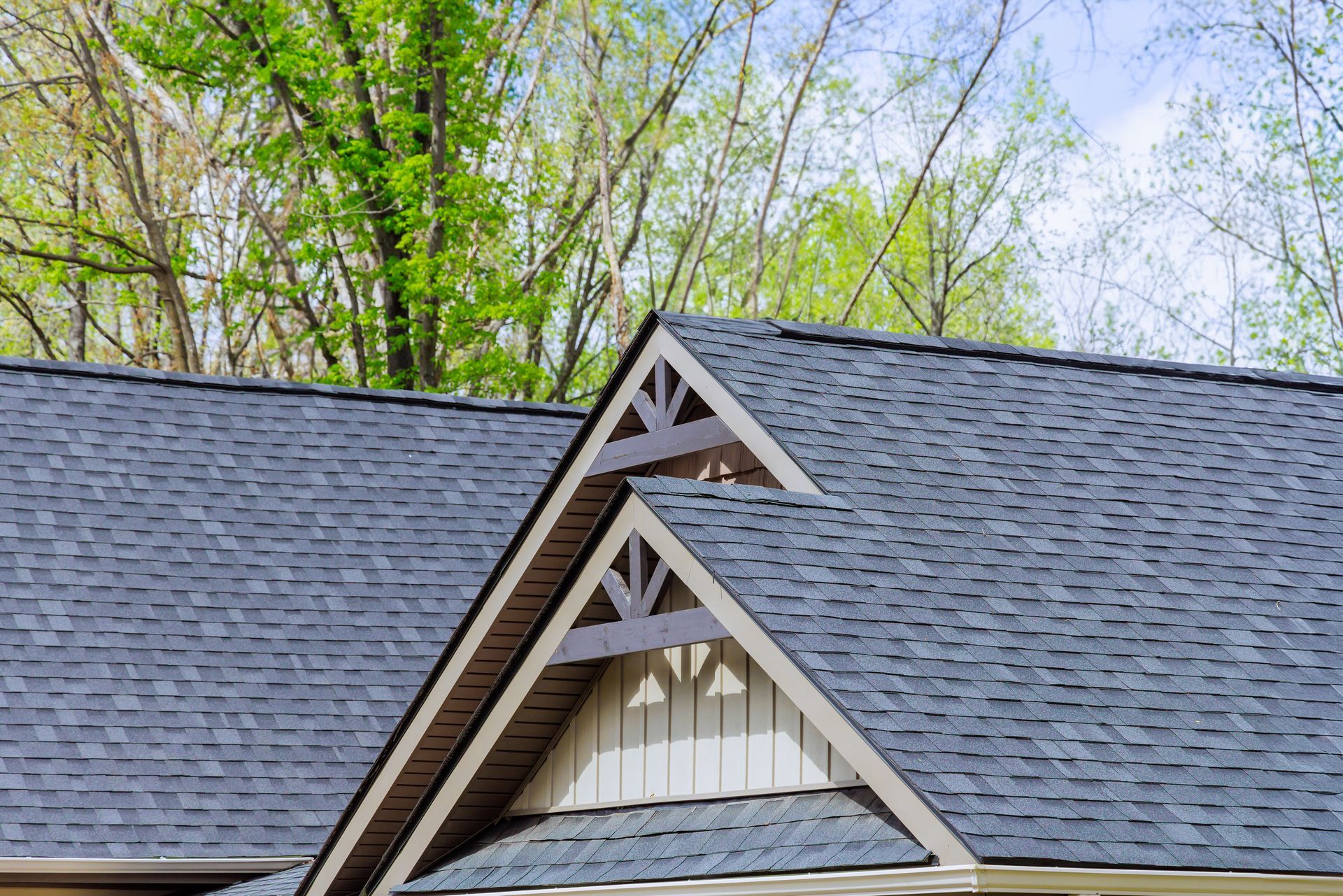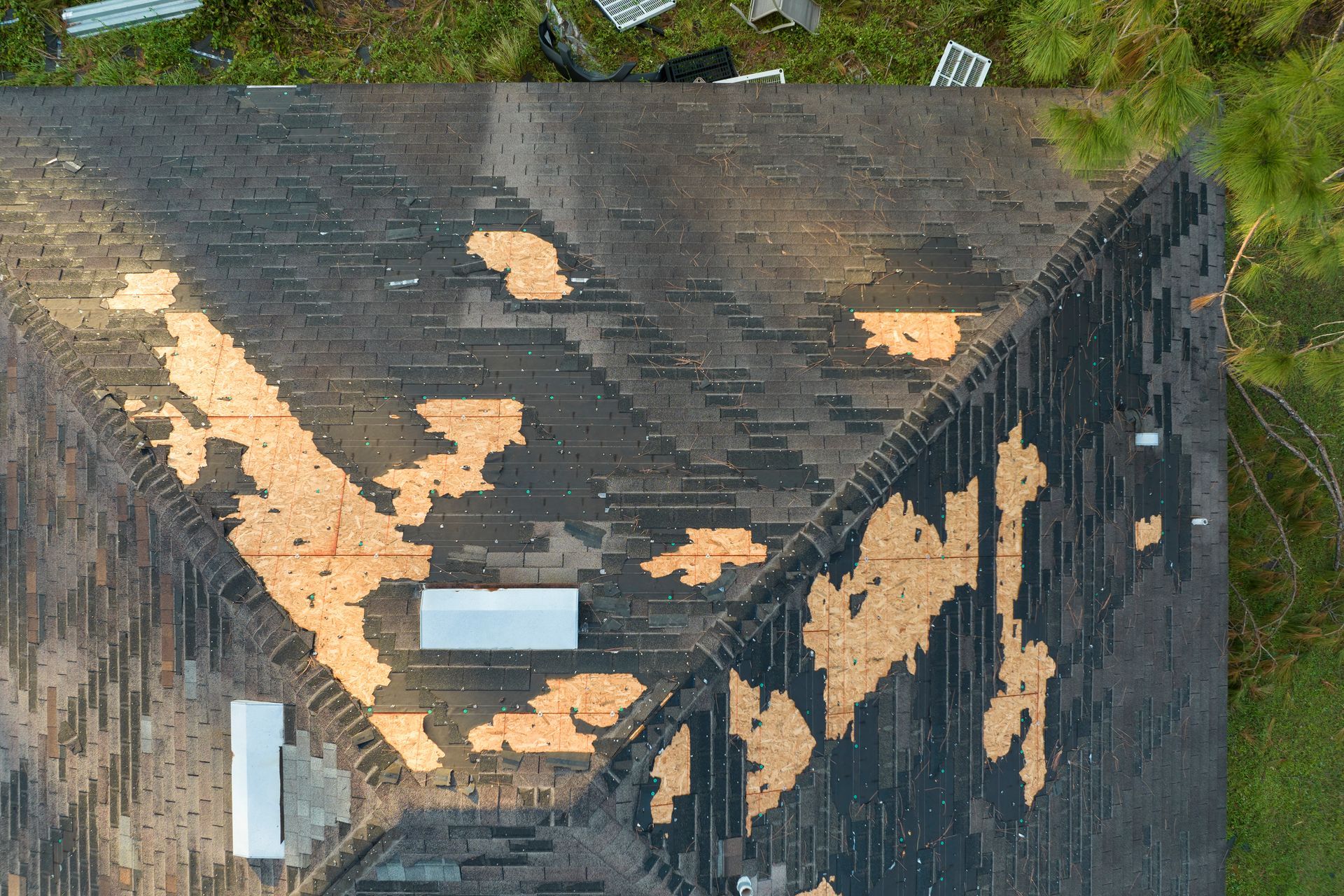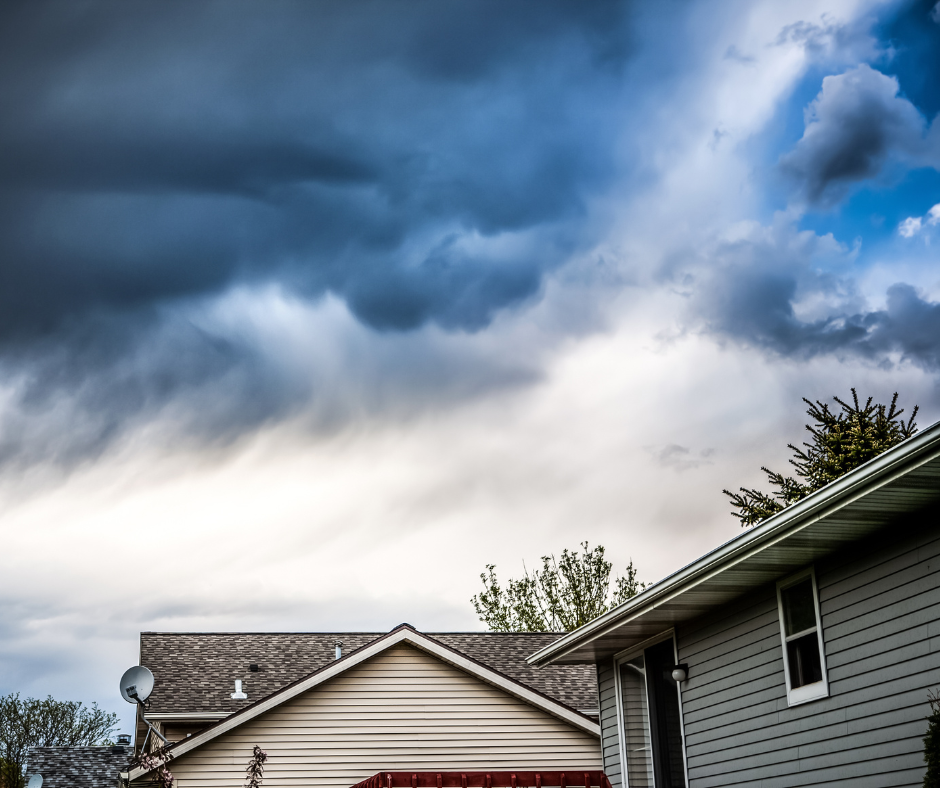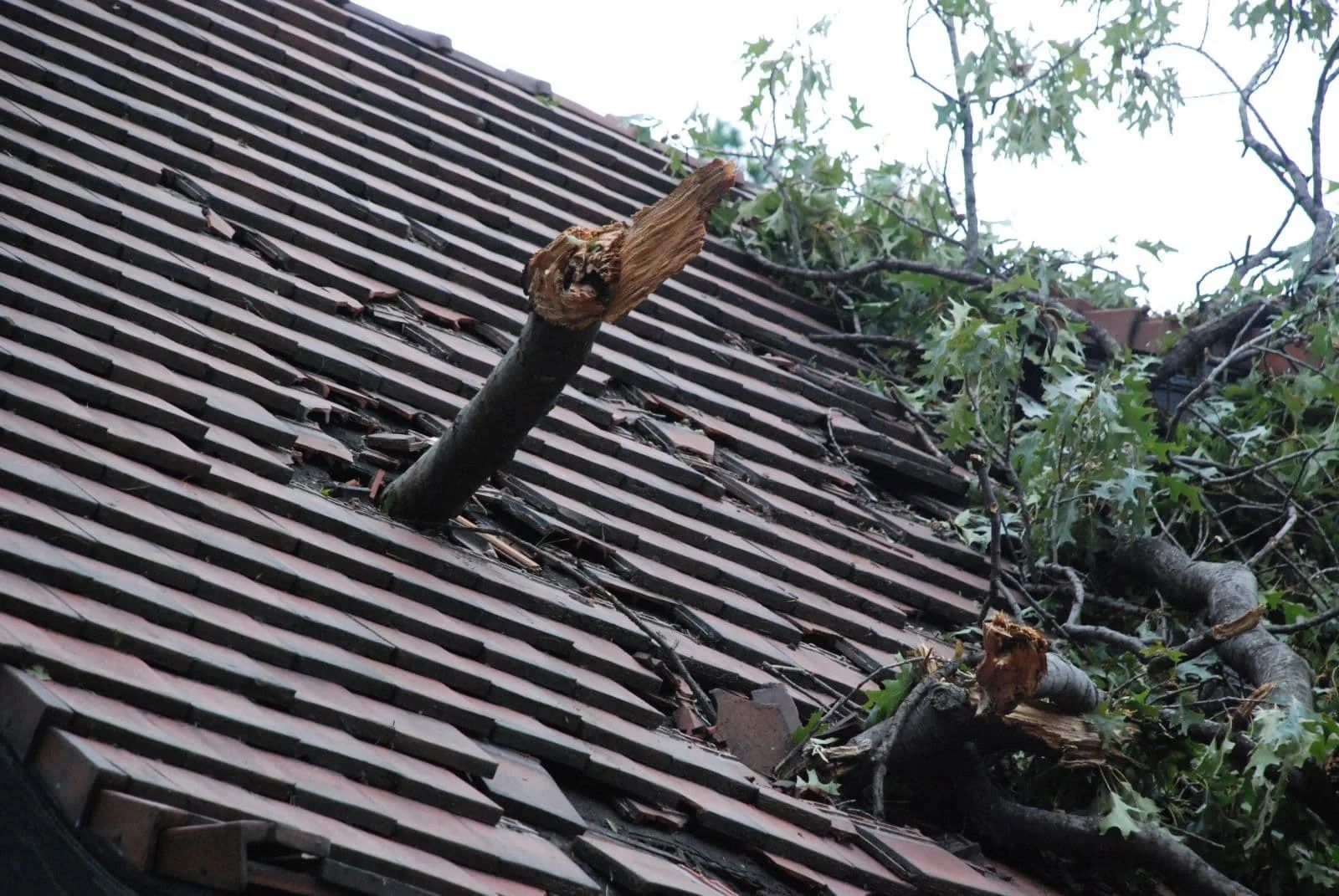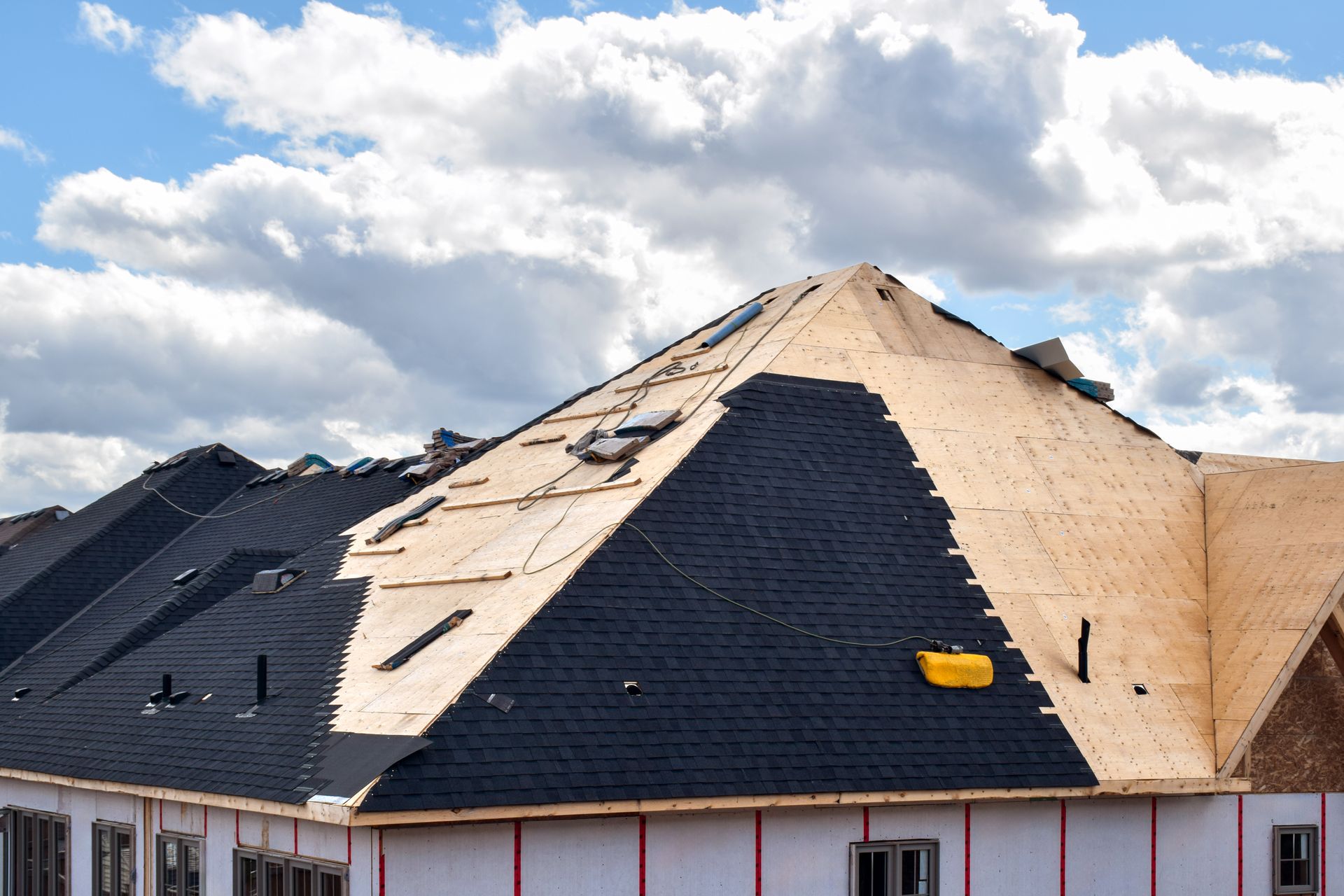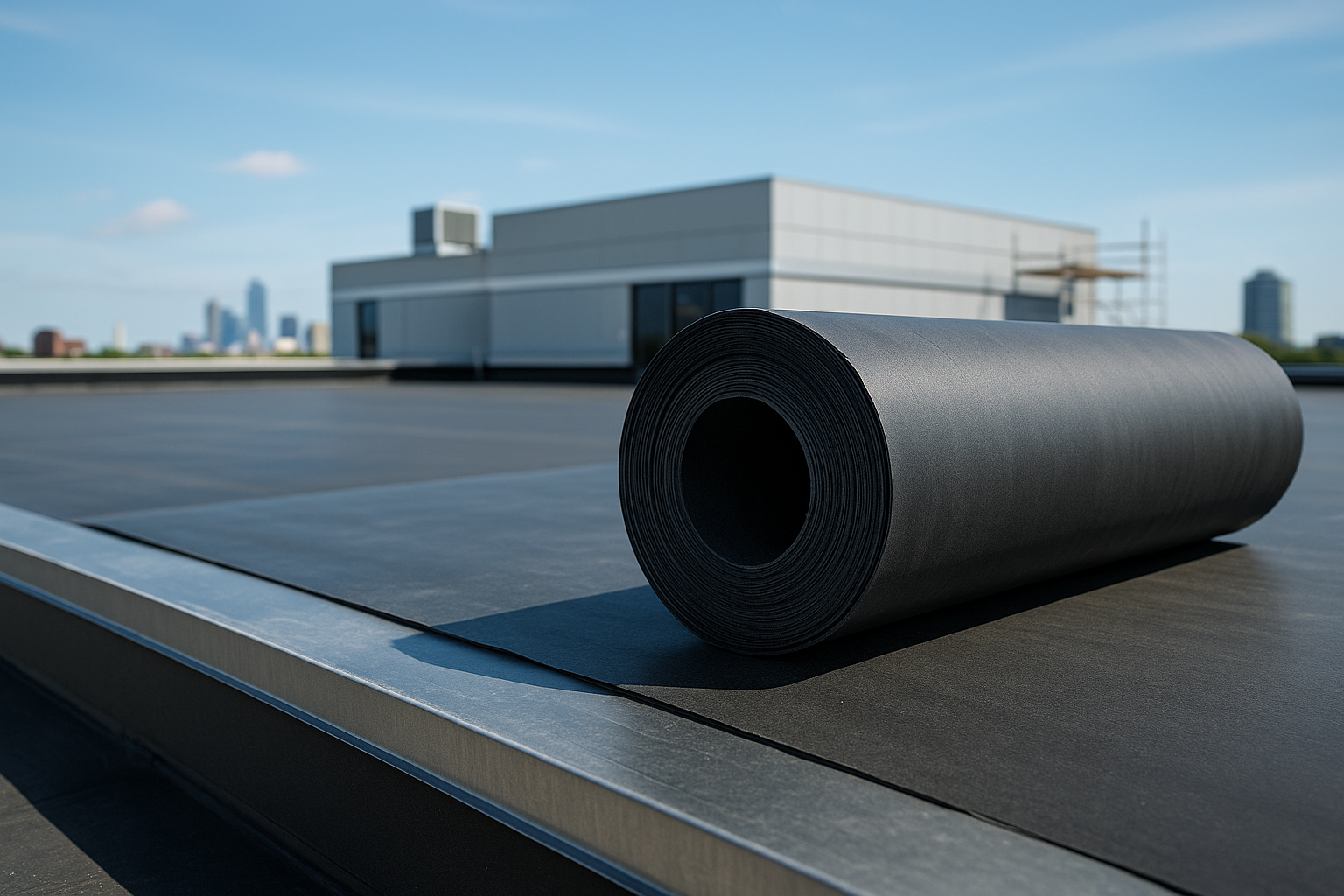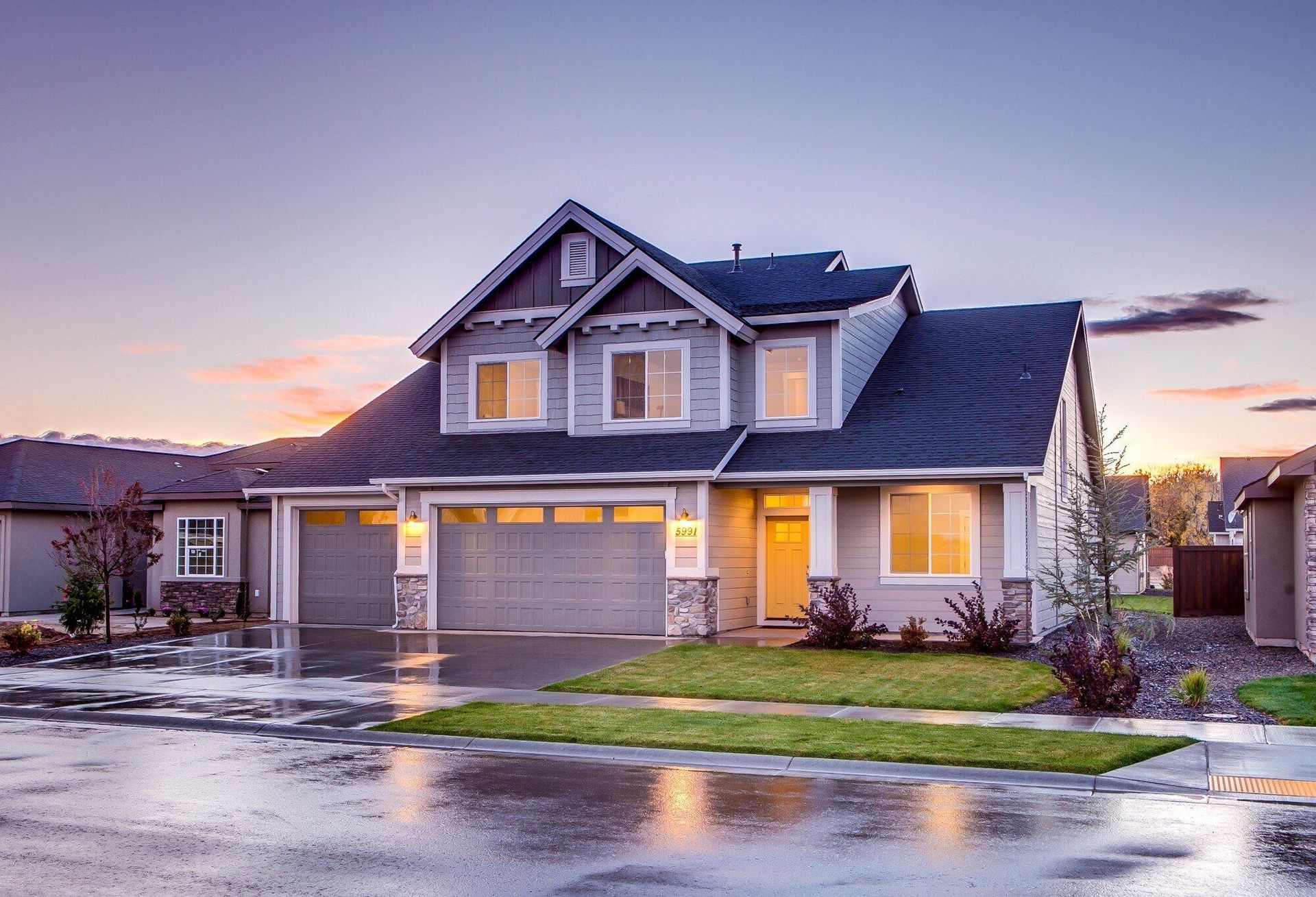
Imagine you're a superhero. A building is about to collapse on its residents. You never got there in time to stop it because the town never set off a signal to call you.
Luckily, you don't have to be a superhero to keep your roof from caving in on your family. All you have to do is look out for the right signals.
Read on to learn how to identify the causes and signs of roof shingle damage.
Know the Causes of Roof Shingle Damage
Prolonged age is a factor in shingle collapse. According to This Old House, the average American home is 44 years old.
That means most of their roofs have already outlived their useful lifespan. It makes them more vulnerable to all other causes of damage. Asphalt shingles are meant to last for 20-25 years.
Weather is another common one. Shingles can be damaged by any intense weather conditions, such as:
- Extreme heat
- Rain
- Snow
- Hail
- High winds
Poor installation can lessen your roof's lifespan before it even starts. Doing the job right the first time saves everyone time in the end.
Poor maintenance is also a problem. Take the time to learn how to care for your roof and spot when it needs to be repaired or replaced.
Are any of these common causes of roof shingle damage in your home? It's time to go examine your roof because you already know it's at high risk.
Follow a Roof Inspection Checklist
The best way to prevent damage is by following a careful roof inspection checklist. Knowing the signs to look for lets you deal with them before they become a serious problem.
Document all your findings with pictures and notes. Keep them for reference or if you need to contact a professional.
Mind Missing or Damaged Roof Shingles
Check for any gaps in your roof. Missing shingles are dangerous because they expose your home to the elements.
Look for broken or curled shingles. See if any of them have buckled, or cracked. Even if these shingles aren't lost, they're on their last legs.
Go Check the Gutters and Downspouts
Your gutters and downspouts can provide one of the early signs of roof shingle damage.
Look for fine, sandy particles known as granules. They come from a protective coating on shingles that's meant to protect your roof from UV rays.
If this coating starts to deteriorate, it'll wind up in your gutters and downspouts. It indicates that your shingles are starting to get worn down.
An overloaded or broken gutter may be a sign of a broken shingle. Animals or pests that nest in there may start damaging the shingles as well.
Don't Ignore Dark Spots or Streaks
Any dark spots or streaks on your shingles are the first signs of moss or algae growth. They're not an immediate sign of damage, but they can lead to problems and shorten the lifespan of your shingles.
They can also ruin your home's curb appeal. Living in a home with a roof full of moss can feel like being stuck in the middle of a swamp. That's enough to scare away most buyers.
See to Sagging Sections
Shingles can sag or become uneven after prolonged water damage. It may also indicate deeper structural problems with your roof.
The sagging can start to spread to other areas, such as the:
- Decking
- Rafters
- Trusses
Find Flashing Issues
Flashing seals the area around the edges of your roof. It keeps water from entering, and when it's compromised, the rest of your roof will be too.
Check around areas such as the:
- Chimneys
- Vents
- Skylights
Look for any rust. See if any areas have become separated from one another. If the flashing is damaged, the roof shingles most likely are as well.
Attend to the Attic
Don't forget to include the interior of the home on your checklist because signs of problems with the roof can spread inside. Start with the room that's closest to the roof, the attic.
See if there's any visible light through the roof. Look for any dampness or mold that could indicate water damage. Problems in the attic can be a sign of hidden problems with the shingles or flashing.
Watch the Walls
Look for any stains on the ceilings or walls. They're the first sign that shingles have begun to fail and water has started leaking through your roof.
You should also look for any blistering or peeling paint. It comes from poor ventilation, which can be worsened by roof shingle damage.
Check Your Energy Bills
Damaged shingles hurt your home's insulation. That increases your energy consumption and leads to higher energy bills. According to SaveOnEnergy, the average electric bill in the US is $140.56 per month, with rates in Illinois averaging $110.32 per month.
Look for a pattern in your bills. Sudden spikes can be a sign of shingle damage.
Inspect After Intense Weather
Going through your inspection checklist is an essential part of preventative roof maintenance, and it's crucial after a storm.
Check your roof after any severe weather events. Take a careful look to ensure the storm hasn't caused any roof shingle damage. Edges and corners are particularly vulnerable to high winds. Check for any debris that may have flown or fallen onto your roof.
Know When to Contact a Professional About Roof Shingle Damage
Once you've completed your roof inspection checklist, take stock of the damage. You can take on minor issues such as replacing a missing shingle or repairing a broken one.
Don't ignore signs of significant damage or try to take them on yourself. These issues include:
- Sagging
- Persistent leaks
- Widespread shingle loss
Call a professional for roof shingle repair before it's too late. They can help you save your roof.
Know Who to Call for Roof Single Repair
Spotting roof shingle damage requires a careful physical inspection, especially after a storm. Look for signs such as sagging, leaking, or lost shingles. When you know what to look for, you can get the professionals in before it gets serious.
Prusak Roofing has provided expert roofing services for over 55 years. Our highly trained staff provides comprehensive, personalized service.
We strongly believe in the quality our team provides, and we guarantee the results. Contact us about your roofing needs today.
